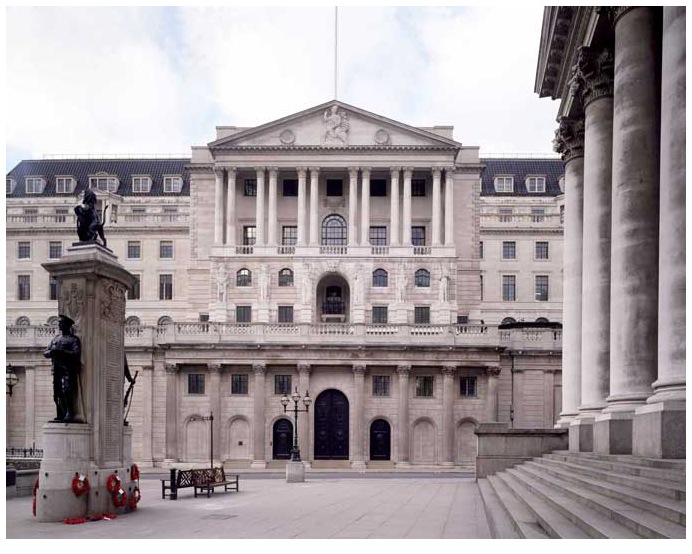Part Two - Britain goes off the Gold Standard
Article first published in Irish Foreign Affairs, Vol 14, No 1, March 2021

Bank of England
In the aftermath of the Second World War, the hegemonic power in Western Europe was, overwhelmingly, the United States. The political continuity of all the European countries involved in the war, with the exception of Britain, had been broken and all of them - Britain included - were, or believed themselves to be, dependent on US financial support to reinvigorate their wrecked economies. The American administration under Roosevelt and his Treasury Secretary, Henry Morgenthau, had recognised this as a likely outcome and had begun planning very early on for a new European, indeed world, economic order. On 14th December, 1941, a week after the Japanese attack on Pearl Harbour, Morgenthau entrusted the job of planning such an order to his 'director of monetary research', Harry Dexter White. Roosevelt, Morgenthau and White were all agreed on the aim of the exercise - to establish the largest possible free trade area throughout the world, based on the gold standard. They would all have reckoned that the major obstacle to realising this ambition - assuming victory over Germany and Japan - was not Russia but Britain.
MacDonald and Snowden - no half measures = no measures at all
How the gold standard worked
Unemployment
Ernest Bevin's proposed solution
How the Bank of England broke the gold standard in an effort to save it
Formation of the sterling bloc
A copy of this article can be downloaded in PDF format here